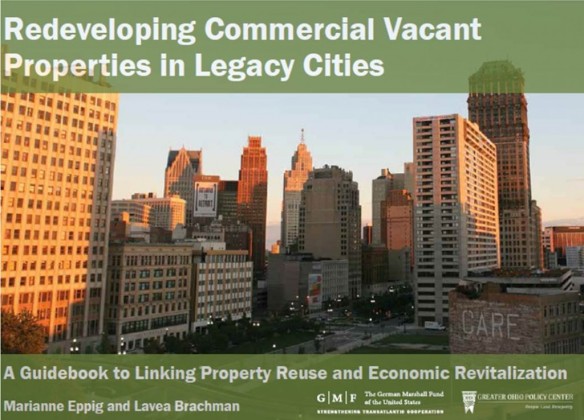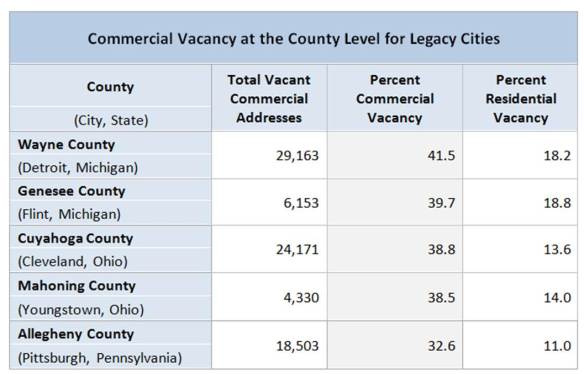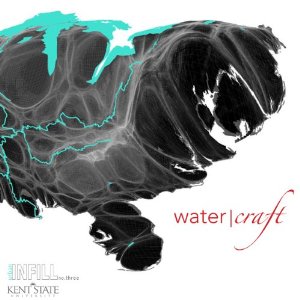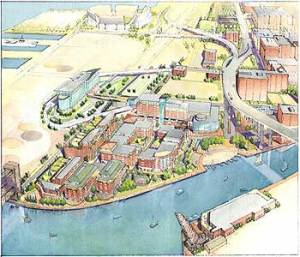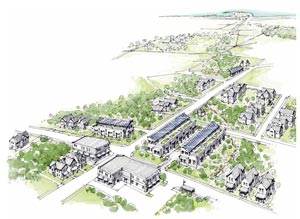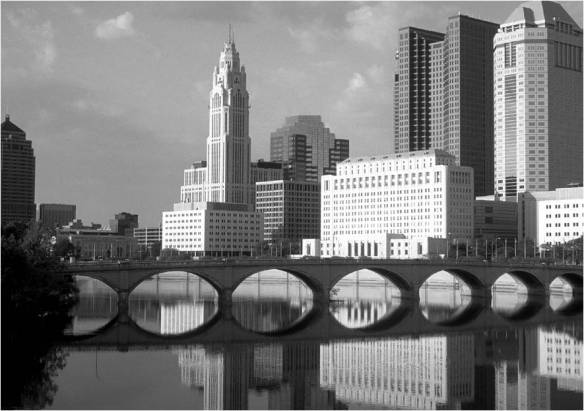By Marianne Eppig and Samantha Dawson
Our nation and its legacy cities are facing an impending infrastructure crisis: water and sewer systems are failing and require reconstruction and modernization as soon as possible. Most of these water and sewer systems were built immediately following WWII, meaning that they are approaching the end of their useful life. In some places, the infrastructure is already beginning to fail, leading to water main breaks, housing floods, sewage overflows into the environment, and public health crises.
While the national bill to upgrade this infrastructure has been estimated at around $1 trillion, costs for addressing Ohio’s existing water and sewer system deficiencies are estimated to be around $20.84 billion, according to the American Society of Civil Engineers.
To meet federal clean water mandates, cities must find ways to finance these needed infrastructure overhauls in short order. So far, many cities around Ohio have been ratcheting up water and sewer rates. The city of Akron, for example, has increased rates by 71% in one year. Other cities around Ohio have raised rates between 30% to 50% or more within the last two years.
Greater Ohio Policy Center is currently looking into other financial tools that can be used to restore Ohio’s water and sewer infrastructure systems. We will be discussing these tools with a panel of experts at our upcoming 2015 Summit on June 9th during the following session:
Finding Solutions to Ohio’s Water Infrastructure Challenges
Ohio cities, large and small, must address the critical behind-the-scenes challenge of modernizing their water and sewer infrastructure to avoid potential serious public health crises and environmental degradation, and to create capacity to attract and support businesses and residents. However, Ohio’s cities are struggling to find ways to finance the complicated infrastructure overhauls needed to address these challenges, comply with federal mandates, and even support on-going maintenance. On this panel, experts will discuss the scope of these infrastructure challenges along with innovative financing approaches and sustainable solutions necessary for Ohio’s cities to function smoothly and accommodate regrowth.
For more information about the Summit agenda and to register, click here.

